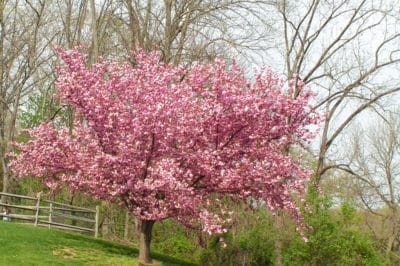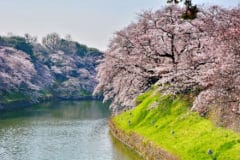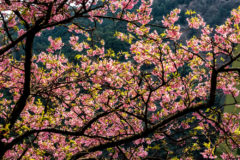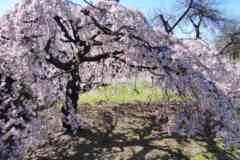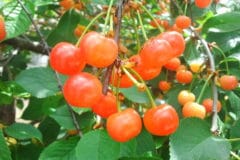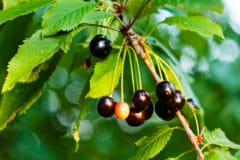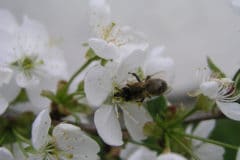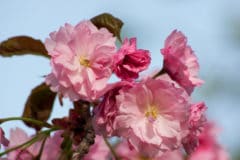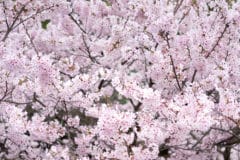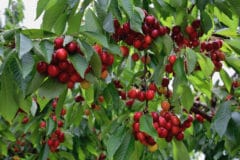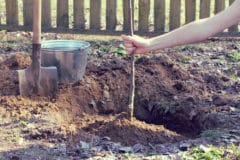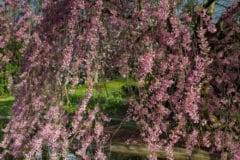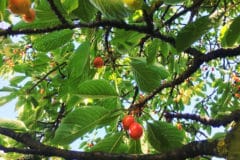10 Facts about Kwanzan Cherry Trees
- Kwanzan cherry trees originated in Asia and grow best in climates similar to their native habitat.
- The official name of this tree is Prunus serrulata, and there are five separate varieties. Kwanzan is one of many cultivars of this species.
- Kwanzan cherry trees are deciduous, losing their leaves each fall.
- Kwanzan cherry, along with other types of cherry tree, are members of the rose family.
- These trees are not long-lived, averaging about 20 years of growth after planting.
- The average height of Kwanzan cherry trees is about 25 feet (7.6 meters) with a spread of branches of approximately the same size.
- The average date of blooming for Kwanzan cherry trees is April 22nd.
- This variety of cherry tree has copper-colored leaves appearing in spring after the blossoms fade and yellow and orange foliage in fall.
- The Kwanzan cultivar of cherry tree has an upright growth habit, unlike the weeping cherry tree.
- Kwanzan cherry trees came to Washington D.C. as a gift to the city from the mayor of Tokyo in 1912, and their annual blossoms are now a part of the National Cherry Blossom Festival celebrated each spring.
Growing Kwanzan Cherry Trees
Plant Kwanzan cherry trees in fertile, well-drained soil in a location with full sun. The beautiful spring-time blossoms of this tree are most spectacular when planted in front of a background of darker trees or shrubs, such as evergreens.
This decorative landscape tree does not tolerate drought conditions, so water regularly in hot weather. With proper care, Kwanzan cherry trees grow quickly, making an excellent shade tree, as well as delighting the eye with their spring-time flowers.
Fertilize your tree by adding compost to the planting hole when you first establish the tree. After that, provide the tree with additional nutrients by top dressing the soil around the trunk with more compost each spring and watering well to move the nutrients down into the soil.
These flowering cherry trees are, unfortunately, susceptible to peach tree borer pest damage. The best way of preventing this pest from damaging your tree is to keep the tree healthy by planting it in the right location to start, fertilizing annually, and giving it adequate water. You can also apply an insecticide in summer to prevent this pest from getting into the tree bark.
